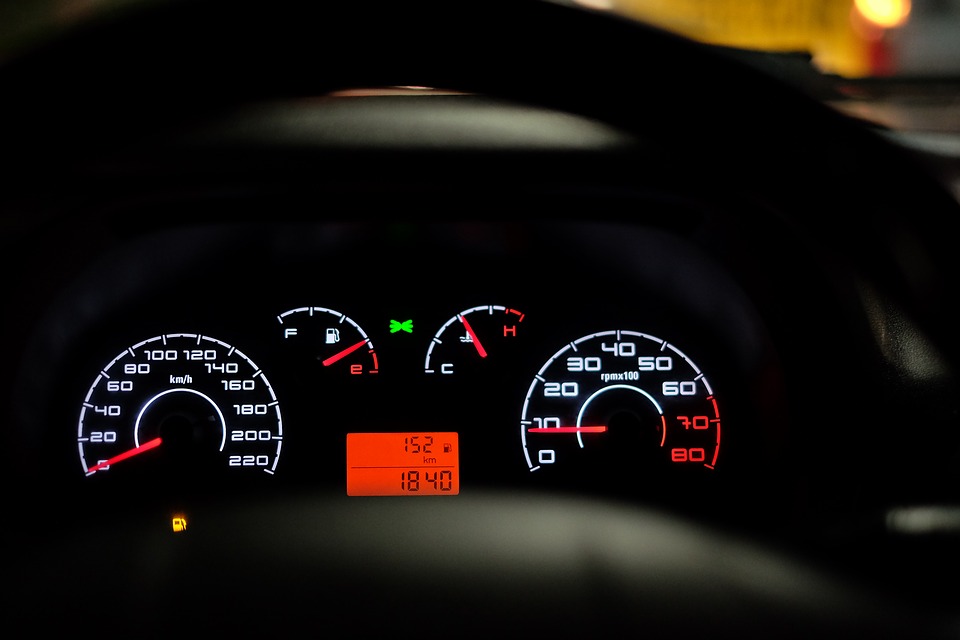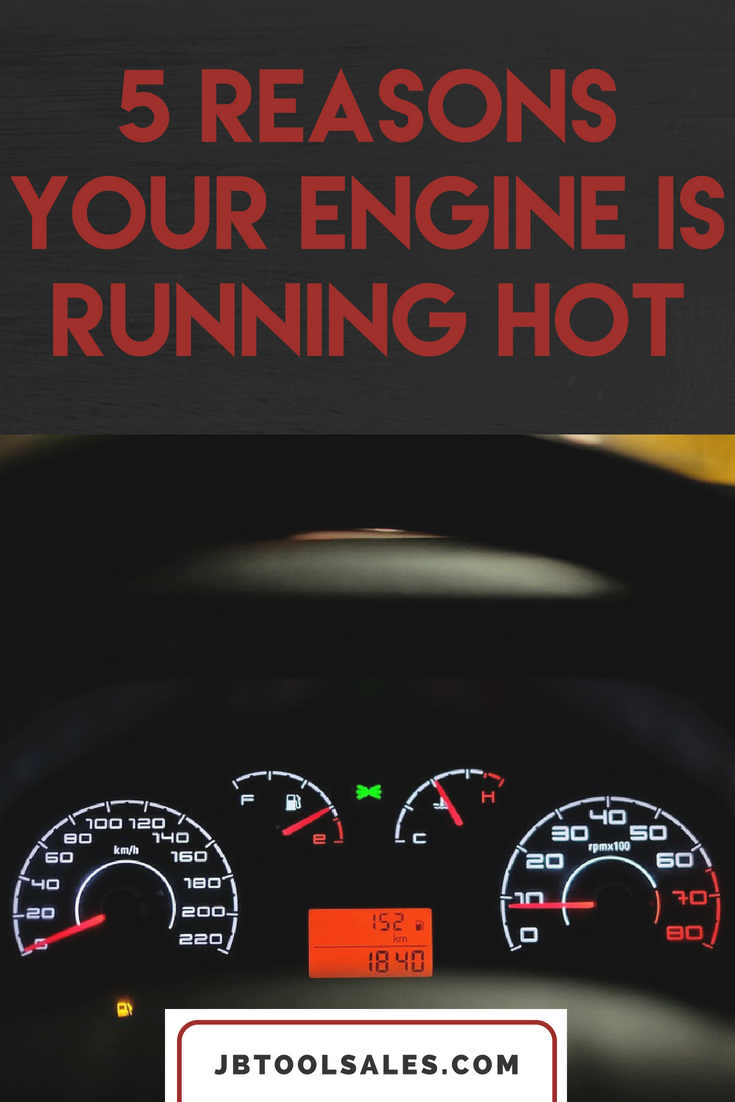5 Reasons Your Engine Is Running Hot
2nd Jul 2018

The Redline
It's alarming when you discover the needle rising into the "hot" zone on your car's dashboard. Engines are designed to operate at a specific temperature, and when they become too hot, catastrophic damage may occur. The first step to controlling your engine's temperature, however, is to determine why it's overheating. While there are more than a dozen different possible causes, the following five are most common.
#1) Stuck Thermostat
A stuck or "sticky" thermostat may cause your engine to overheat by restricting the flow of coolant to the engine. Normally, the thermostat should only remain closed during the first few engines, when the engine is heating up. Once it's reached operating temperature, though, it should open to allow coolant to flow to the engine. If it remains closed, engine temperatures will quickly rise.
#2) Low or No Coolant
Of course, another common cause of overheating is low or no coolant. Coolant is essential to your engine's health. As it travels through the engine, it collects heat and transfers this heat to the radiator, where it's released. If your car has a coolant leak, though, it may not have enough coolant to prevent your engine from overheating.
#3) Clogged Radiator
If you're unable to control your engine's temperature and prevent it from overheating, you might have a clogged radiator. Over time, sediment may accumulate inside the radiator, restricting the flow of coolant. Just like a stuck thermostat, a clogged radiator prevents your car's cooling system from working properly, thereby increasing the chance that your engine will overheat.
#4) Bad Water Pump
A cooling system component that's often overlooked is the water pump. As the name suggests, the water pump is designed to "pump" coolant through your car's cooling system. When it fails, coolant will remain stagnant rather than traveling through the engine and to the radiator.
#5) Bad Radiator Cap
If you haven't done so already, try replacing your radiator cap. Even if you replaced the radiator, you may still need a new cap (most radiators aren't sold with caps). The cap is designed to release excess pressure -- typically into a coolant reservoir -- once the cooling system has reached the pressure for which the cap is rated. If it's broken or otherwise doesn't function properly, the radiator cap may over-pressurize your cooling system or fail to suck coolant back into the radiator from the reservoir.


